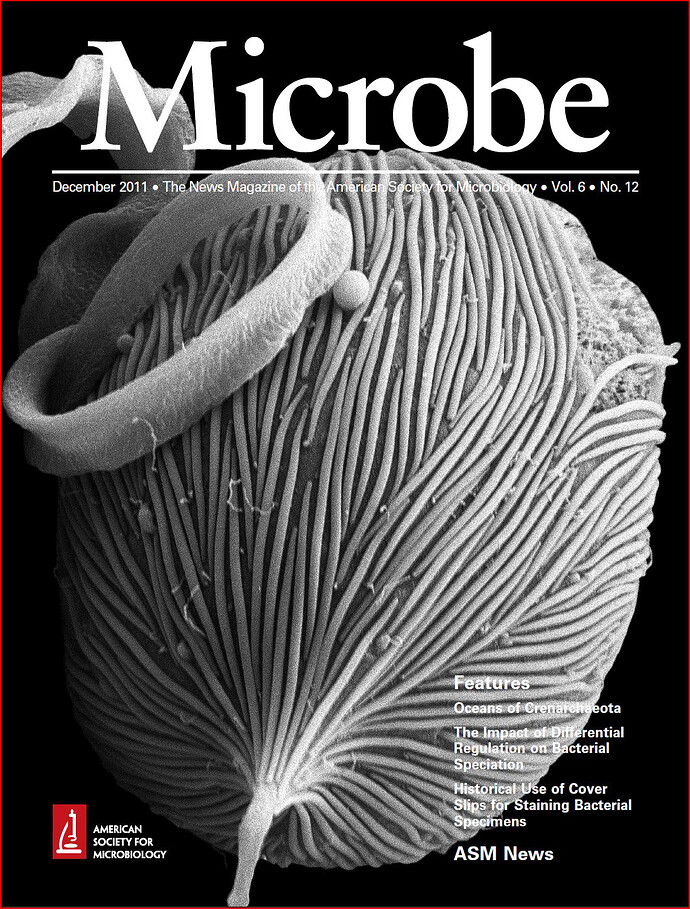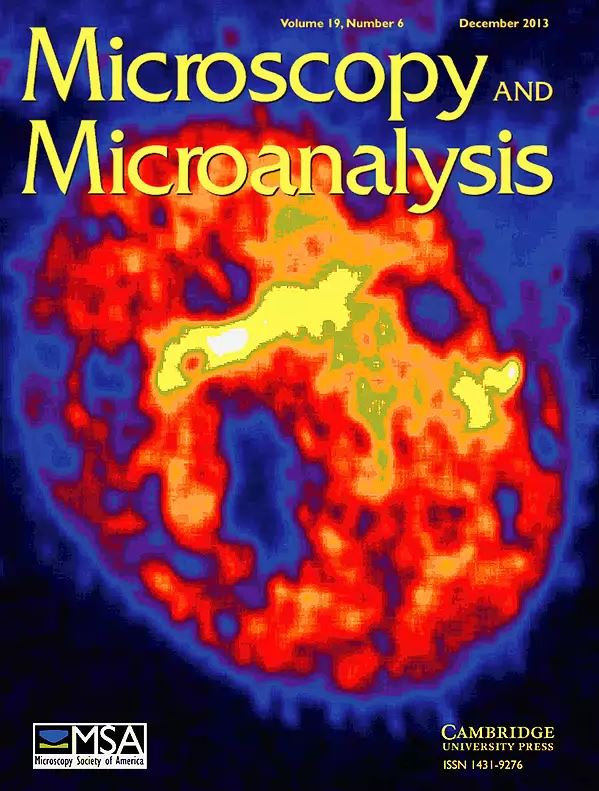I thought it would be interesting to hear what everyone is shooting with right now and why.
What do you look for in a camera setup? Are you happy with your current setup? Here’s mine:
What I’m looking for in a camera setup:
I enjoy long walks in nature, where I mainly photograph landscapes and insects.
I don’t carry a dedicated camera bag, my gear has to fit in a regular backpack alongside food and drinks for the day. So compactness and low weight are key.
I’m looking for a three-lens setup:
- A zoom lens covering at least 24–100mm/120mm (in full-frame terms), where compactness and sharpness matters more than aperture speed.
- A fast 35mm prime.
- A macro lens between 90mm and 150mm.
For all three, compact size and weight are top priorities, but I don’t want to sacrifice too much image quality.
My current setup:
- m.Zuiko 60mm f/2.8 Macro – An easy pick: very compact, sharp, and meets all my macro needs.
- Panasonic Leica 15mm f/1.7: Not exactly 35mm equivalent, but close enough. Sharper than the m.Zuiko 17mm f/1.8 (Panasonic Leica 15mm f/1.7 vs Olympus M.Zuiko 17mm f/1.8 – The complete comparison - Mirrorless Comparison) and way smaller than the 17mm f/1.2.
- Panasonic Lumix 12–60mm f/3.5–5.6: Compact, affordable (I picked it up for €179), and close in performance to the pricier Panasonic Leica 12–60mm f/2.8–4 (Panasonic Leica 12-60mm f/2.8-4.0 vs. Lumix G 12-60mm f/3.5-5.6 – The complete comparison - Mirrorless Comparison).
- Panasonic GX9: Compact body with “good enough” image quality.
Looking ahead:
No concrete plans to switch systems, My GX9 still works well (despite a growing crack in the LCD), and I wouldn’t know what to replace it with right now.
The Panasonic G9 II is too big and a bit expensive for what I’m after. I do like the Panasonic G100D: it has a better EVF than my GX9 and it’s still very compact, but its shutter mechanism limits the use of the built-in flash for macro fill light.
I was surprised by the release of the Panasonic S 100mm f/2.8 macro for L-Mount. It’s extremely compact for a full-frame macro lens. Pairing it with the Panasonic S 35mm f/1.8 or the Sigma 35mm f/2 would actually make for a compelling full-frame setup (if I ever decide to make the leap).



